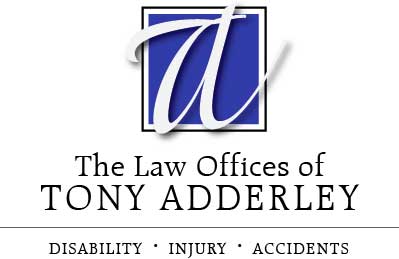The guidelines for Social Security Disability (SSD) define three “exertional levels” of work activity or “Residual Functional Capacity (RFC)”: sedentary, light, and medium. Any new SSD applicant will be assigned to one of these three categories:
- “Medium” work – the ability to walk or stand for 6 hours of an 8-hour day and the ability to lift 25 pounds frequently and 50 pounds intermittently.
- “Light” work – the ability to walk or stand for 6 hours of an 8-hour day and the ability to lift up to 20 pounds intermittently.
- “Sedentary” work – the ability to sit in one spot or position for 6 hours of an 8-hour day and the ability to lift up to 10 pounds intermittently.
SSD claims are assessed on the basis of an applicant’s age, work history, and RFC level. This data is placed into a “vocational grid” established to determine a disability claim’s legitimacy. If the grid shows that a claim should be denied (for instance, a claim for an applicant who is 40 years old, with a sedentary RFC level), it usually is. But if an applicant for disability fits within certain grid rules, the applicant’s claim can be approved even if the applicant’s disability impairment doesn’t reach the level required for automatic approval. Social Security is required to consider the impact of an applicant’s psychological, cognitive, and emotional limitations upon the applicant’s ability to perform unskilled work.
Hiring a good disability lawyer dramatically increases the likelihood that you will be awarded SSD benefits. A disability attorney will also work diligently to speed up the process, so that you can begin receiving your benefits promptly. If you are applying to receive SSD benefits, or even if you are only thinking about applying for benefits, the wisest course of action is to speak as quickly as possible to an experienced disability lawyer.

